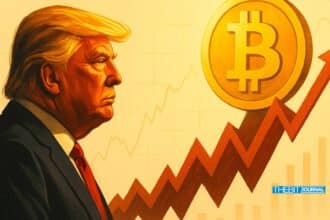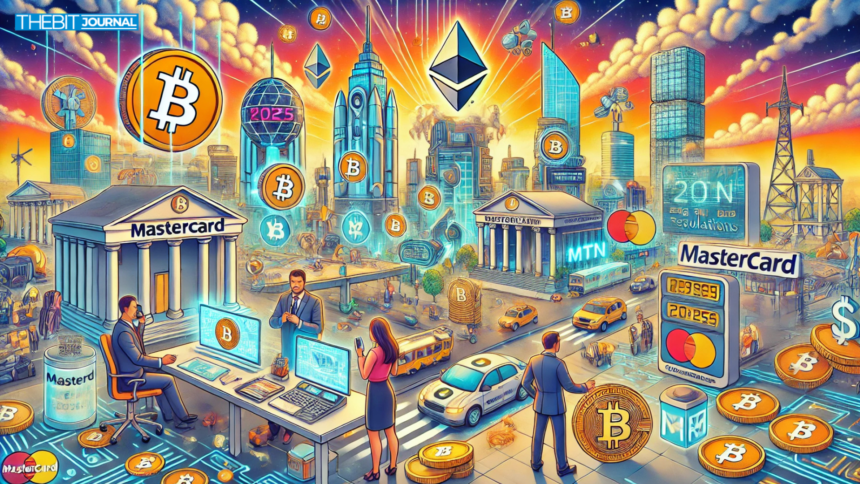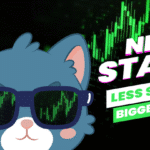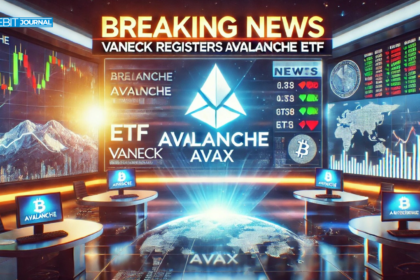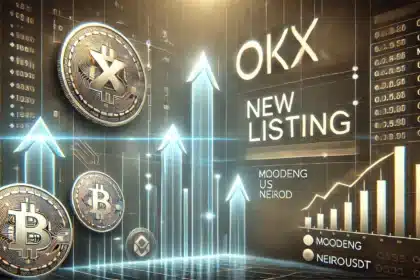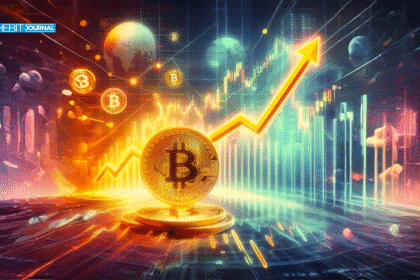A step towards integrating cryptocurrency into mainstream finance, Mastercard has forecasted that by 2025, banks will operate under clearer crypto regulations. This anticipated regulatory clarity is expected to pave the way for widespread adoption of blockchain technology, with innovations like tokenized deposits and stablecoins leading the charge.
Tokenized Deposits: Bridging Traditional Banking and Blockchain
Tokenized deposits represent a revolutionary approach where traditional bank deposits are converted into digital tokens on a blockchain. This transformation aims to enhance transaction speed and efficiency. Banks are actively developing these blockchain-based tokenized deposits to expedite transaction settlements, offering customers faster and more secure banking experiences.
The European Banking Authority (EBA) has highlighted the importance of distinguishing between tokenized deposits and e-money tokens, emphasizing that both use distributed ledger technology but serve different purposes in the financial ecosystem.

Stablecoins: The Rise of Digital Stability
Stablecoins, digital currencies pegged to traditional assets like the U.S. dollar, have seen a surge in acceptance for business payments and remittances. Their inherent stability makes them an attractive option for various financial transactions. Gabriel Galipolo, Brazil’s central bank chief, noted a significant increase in crypto asset usage in the country, with around 90% of the flow linked to stablecoins. This trend underscores the growing reliance on stablecoins in emerging markets.
Regulatory Shifts Under the Trump Administration
Under President Trump’s administration, the United States has adopted a more proactive stance on crypto regulation. The Securities and Exchange Commission (SEC) has formed a crypto task force to develop new policies, aiming to provide clearer guidelines for financial institutions. This shift is expected to encourage banks to explore digital assets, fostering innovation while maintaining oversight to deter malicious activities.
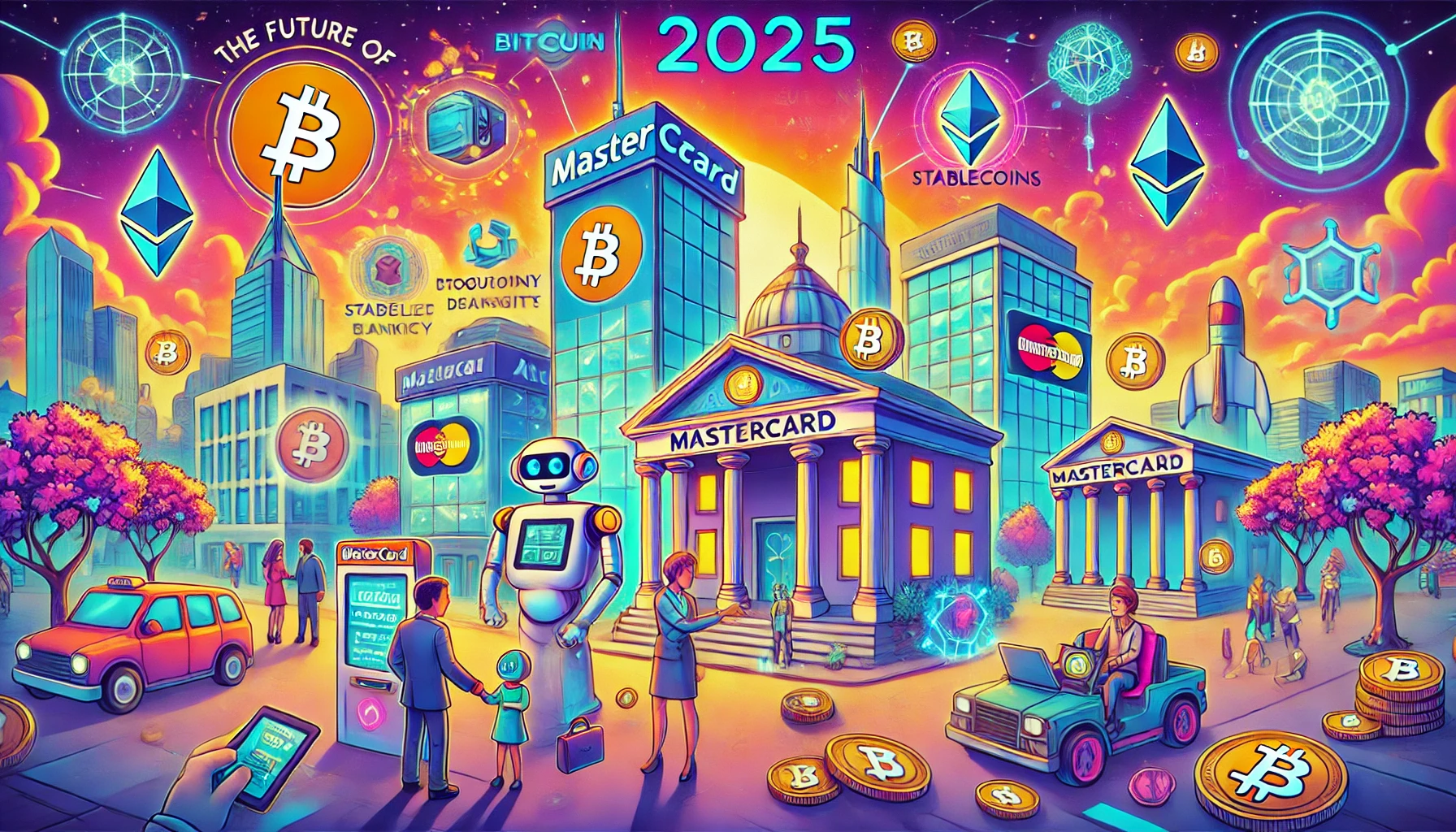
Central Banks Prioritizing Financial Institutions
Globally, central banks are focusing on developing digital assets to enhance settlement capabilities and expedite cross-border financial operations. Rather than creating digital currencies for public use, the emphasis is on providing financial institutions with the tools needed to improve transaction efficiency and security. This approach ensures that the benefits of digital currencies are harnessed within the regulated financial system.
Mastercard’s Multi-Token Network: Enhancing Interoperability
Mastercard’s Multi-Token Network (MTN) is at the forefront of creating secure, interoperable transaction capabilities. By facilitating seamless interactions between different digital assets and traditional financial systems, MTN is poised to fuel future developments in both the crypto and financial industries. This initiative underscores Mastercard’s commitment to integrating blockchain technology into everyday financial transactions.
Conclusion
As we are in 2025, the financial landscape is on the cusp of a significant transformation. With clearer regulations, the integration of tokenized deposits, and the rise of stablecoins, banks are well-positioned to embrace blockchain technology. These developments promise to enhance transaction efficiency, security, and inclusivity in the global financial system.
Stay tuned to The BIT Journal and keep an eye on Crypto’s updates. Follow us on Twitter and LinkedIn, and join our Telegram channel to be instantly informed about breaking news!
FAQs
What are tokenized deposits?
Tokenized deposits are traditional bank deposits converted into digital tokens on a blockchain, aiming to enhance transaction speed and security.
How do stablecoins differ from other cryptocurrencies?
Stablecoins are digital currencies pegged to traditional assets like the U.S. dollar, providing price stability compared to more volatile cryptocurrencies like Bitcoin.
What regulatory changes are expected by 2025?
By 2025, clearer regulations are anticipated, providing guidelines for banks and financial institutions to adopt blockchain technologies and digital assets more confidently.
How will these changes impact everyday banking?
Customers can expect faster transaction settlements, increased security, and more innovative financial products as banks integrate blockchain technology.
What is Mastercard’s role in this transformation?
Mastercard is developing the Multi-Token Network (MTN) to facilitate secure and interoperable transactions between digital assets and traditional financial systems.
Glossary of Key Terms
Blockchain: A decentralized digital ledger that records transactions across multiple computers.
Tokenized Deposits: Traditional bank deposits are represented as digital tokens on a blockchain.
Stablecoins: Cryptocurrencies pegged to stable assets like fiat currencies to minimize price volatility.
Regulatory Clarity: Clear and defined laws and guidelines governing financial activities, particularly concerning new technologies like cryptocurrencies.
Multi-Token Network (MTN): Mastercard’s platform is designed to enable secure and interoperable transactions between various digital assets and traditional financial systems.


